The Covid Diaries 11: The Foundling Museum incl. Portraying Pregnancy (LAST CHANCE TO SEE)
A review of London’s Foundling Museum. In which I learn a lot about London’s social history, see some interesting paintings and ponder the depiction of pregnancy in British art.
The story of the tokens is very interesting – more on this below.
Visiting London’s Smaller Museums as Lockdown Eases
I have never before visited the Foundling Museum, but took the opportunity of lessening lockdown to go and see it. This is both because I have been desperate to get into museums again, and to support smaller institutions. I had a vague idea of a Foundling Hospital as a sort of orphanage, but not much more than that.
Well, I learned a lot! This is a fascinating small museum which manages to do many things in a small space. It tells the history of the Foundling Museum from beginning to end, shows off an interesting art collection, houses an extensive Handel collection (Handel and Hogarth were early supporters), and houses temporary exhibitions.
A History of the Foundling Hospital
First things first: a bit of history. Thomas Coram was a businessman who got rich in America and then came back to London. He was horrified at the conditions (think Hogarth’s Gin Lane) and the number of mothers abandoning babies on a regular basis as they couldn’t care for them. The way to get things done in those days was to get a royal warrant. So Coram spent 17 years getting signatories for a petition for a foundling hospital, finally succeeding in 1739.
Babies were admitted from 1741, and for a long time the Hospital was very oversubscribed. The Hospital first interviewed women to weed out those who were too complicit in their fallen circumstances, before a balloted entry system. A baby with a white ball was accepted, a black ball meant no, and a red one meant waitlisting. Babies were given new identities, but a token was left with each one and sealed up. This was identification in the (rare) event that someone came back to claim it.
These tokens could be coins, handmade or found objects or something like a scrap of fabric. This means a very interesting unintended consequence is that the Foundling Museum has an unparalleled collection of everyday fabrics of the 18th Century. Wet nurses looked after the babies in their early years. They were brought back to the hospital between 3 and 5 years of age; then apprenticed out to learn a trade somewhere between the ages of 9 and 14.
And Transition to the Foundling Museum
This is a very simplistic explanation, and bound to a specific time. The Foundling Hospital’s history is more complex than this of course, as it remained a residential care facility until 1954! Over the years it changed locations, most famously inhabiting Coram’s Fields in Bloomsbury which is still a children’s playground. The admission criteria changed several times, and the Hospital suffered financially when the Poor Law changed and workhouses became an alternative for mothers in dire circumstances. They implemented regimes which seem harsh to us (eg. silent mealtimes) while also implementing very progressive healthcare arrangements. In other words it is generally about as complex as anything else which has lasted for so long.
After its time as a residential home the Thomas Coram Foundation for Children continued as a charity. It built its headquarters in Brunswick Square next to the original Coram’s Fields site of the Foundling Hospital. Today the Thomas Coram Foundation has become the adoption charity Coram. Its offices are next to the Foundling Museum, which is itself situated in the Brunswick Square former headquarters.
The Foundling Museum and History
That was rather a long bit of background. But the act of trying to make sense of it very much mirrored my experience of navigating the Foundling Museum. Complicated of course by a slightly different route through the museum than would usually be the case, thanks to the ever-present Covid-19!
The normal museum journey starts with an introductory gallery. This gallery outlines the history of Thomas Coram, the Hospital and its supporters. It displays historic images and quotes alongside more contemporary interviews with some of the last generations of children to live at the Foundling Hospital (grown up and looking back at the time of filming) and current care leavers. It also has a good number of objects sprinkled in as well. There is such a lot to take in that I would have almost appreciated a bit more curatorial direction. At the same time, what they have ended up with is quite a democratic display. Enthusiasts of social history or social justice, Hogarth, historic textiles, charitable institutions or a host of other topics can pick and choose the parts that interest them.
The Foundling Museum and Art
Once you have finished in the introductory gallery, the art collection comes to the forefront. I had a wonderful chat with a visitor host named Brian in the Committee Room. He told me all about the history of a series of paintings by Emma Brownlow of scenes of daily life at the Foundling Hospital (some more romanticised than others), and another by Hogarth. The Hospital won the latter in a draw, Hogarth having given it half of the tickets.
Art has been important since the beginnings of the hospital, as a way of delighting important visitors and inviting patronage. The collection continues to grow, with a colourful 2016 work Tricycle by Sir Michael Craig-Martin hanging above the stairs. Some of the works are still more or less in situ, the Court Room having been transported from the old Hospital to the new offices. This ensured the survival of one of the finest Rococo interiors in London.
Handeliana – What is That Again?
The final piece in the permanent collection puzzle is the Gerald Coke collection of Handeliana. Did you know that was a word? No, me neither. Read ‘Handel stuff’. I am always interested in how these things happen; the collection was accepted by the government in lieu of inheritance tax, and allocated to the Foundling Museum because Handel was an important early supporter. Really fascinating what the UK public has acquired over the years in this way. Anyway, there are visible storage shelves with all the sheet music and other printed materials. There’s also a room displaying some of the objects. And comfortable armchairs with speakers embedded in the headrests, pre-programmed with some of Handel’s music. The low visitor numbers at the current time make it a very good moment to go there for a relaxing and contemplative end to your visit.
Implementing Covid Measures In A Historic Building
Speaking of the current moment, the Foundling Museum has done well with implementing their Covid-19 measures. Especially given some of the constraints of small-ish rooms and staircases to navigate. The entry point is now a basement fire exit, meaning that you visit their temporary exhibition space first of all. The welcome is warm and the navigation fairly straightforward, aided by a map that visitors are handed at the entrance. Although I did get a bit confused by the prescribed route of Basement, Ground Floor, Second Floor, First Floor, Exit. It was touch free however and as already mentioned the visitor numbers are low (at least when I visited). So I never found myself unable to keep the necessary distance from other people. All in all, I think it’s a good time to go, and show one of London’s many smaller museums a little love.

Portraying Pregnancy: from Holbein to Social Media
So the first thing I saw at the Foundling Museum but the last thing I’m telling you about, was their temporary exhibition Portraying Pregnancy: from Holbein to social media. It’s not something I would have gone out of my way to visit based on the title and overview alone. Nonetheless I actually found it very interesting. The basic premise is that English women (it specifically focuses on England) used to be pregnant a lot more of the time than they are now. They often continued their public lives while carrying children, and there are interesting trends of depicting or hiding baby bumps in portraits which tell us about both art history and society at the time.
There were a number of loans incorporated into the exhibition, including paintings, textiles, etc. But what I found interesting was that where the Foundling Museum hadn’t been able to loan a work they wanted, they went right ahead and included a reproduction. This actually amounted to a greater percentage of the exhibition in reproduction form than is usually the case. The exhibition opened in January so this isn’t a coronavirus thing. I would argue that it shows a strong curatorial vision and willingness to overcome the obstacles that smaller museums must face in mounting exhibitions.
Tracking Changes in our Views on Pregnant Bodies
The changing viewpoints on depicting pregnant women were also interesting. From a largely religious beginning (ie. the Virgin Mary and cousin Anne admiring each other’s pregnant bellies), early modern paintings were actually pretty cool with pregnant women. This was either because the husband was proud of himself, or the wife was proud of fulfilling her duties/purpose. It means we can see how contemporary fashions incorporated changing bodies, which is also an interesting thought.
Later on (18th-19th Centuries) it was more common to hide pregnant bodies behind folds and loose-fitting clothes. Consequently we sometimes only who is pregnant by cross-referencing birthdates with the dates a woman sat for a portrait. At the same time though, caricaturists were less reticent. And anatomists were of course printing their own works depicting the pregnant body laid bare. Of course today we think we are very modern, but the Vanity Fair covers of Demi Moore and Serena Williams (both included here) caused a stir. As did the very art-history layered announcement by Beyonce of her most recent pregnancy, and Marc Quinn’s depiction of Alison Lapper, pregnant and disabled, for Trafalgar Square’s Fourth Plinth. So maybe we’re not as modern as we think.
Final Thoughts
The one way system and limited exhibition spaces in the Foundling Museum are the only drawback. 90% of the exhibition is in the first gallery, and I could honestly have done without the few works in a second space upstairs. All in all it’s a fascinating gem of an exhibition. It’s not explicitly linked to the themes and content of the Foundling Museum, but of course is linked tangentially via shifting attitudes to and controls over pregnancy.
On its own merits: 4/5
Portraying Pregnancy: 3.5/5
Implementing Covid rules: 4/5
Portraying Pregnancy until 23 August 2020
If you see this after your page is loaded completely, leafletJS files are missing.

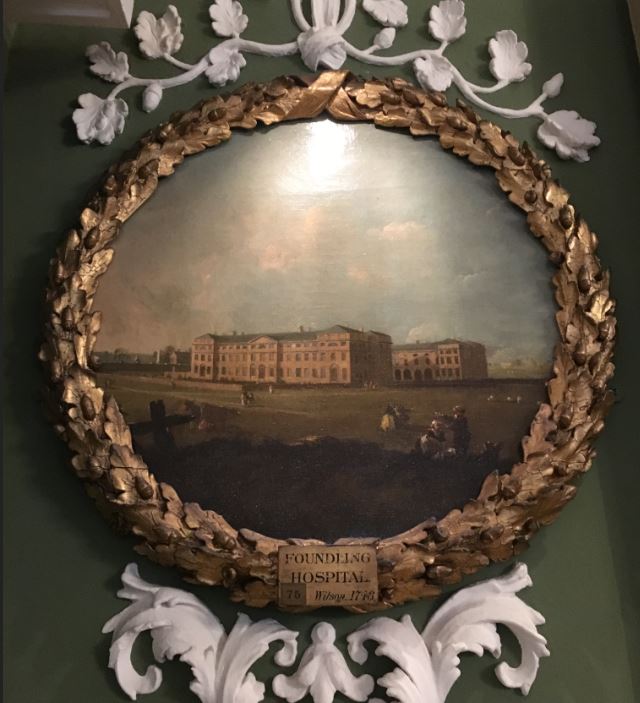
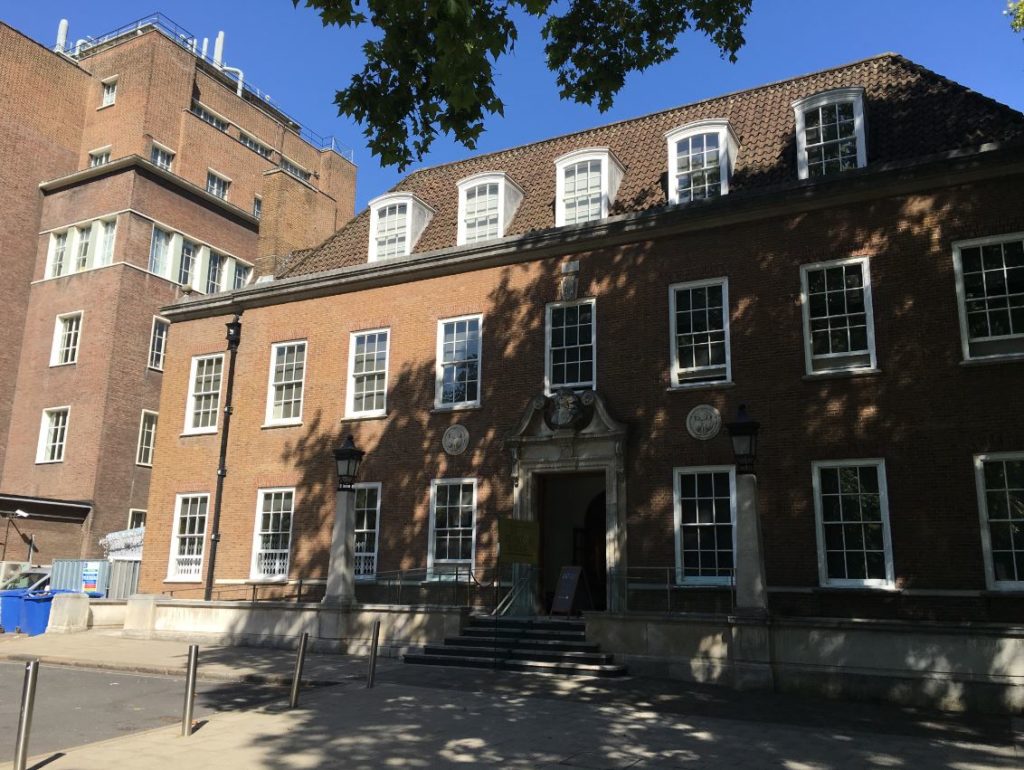

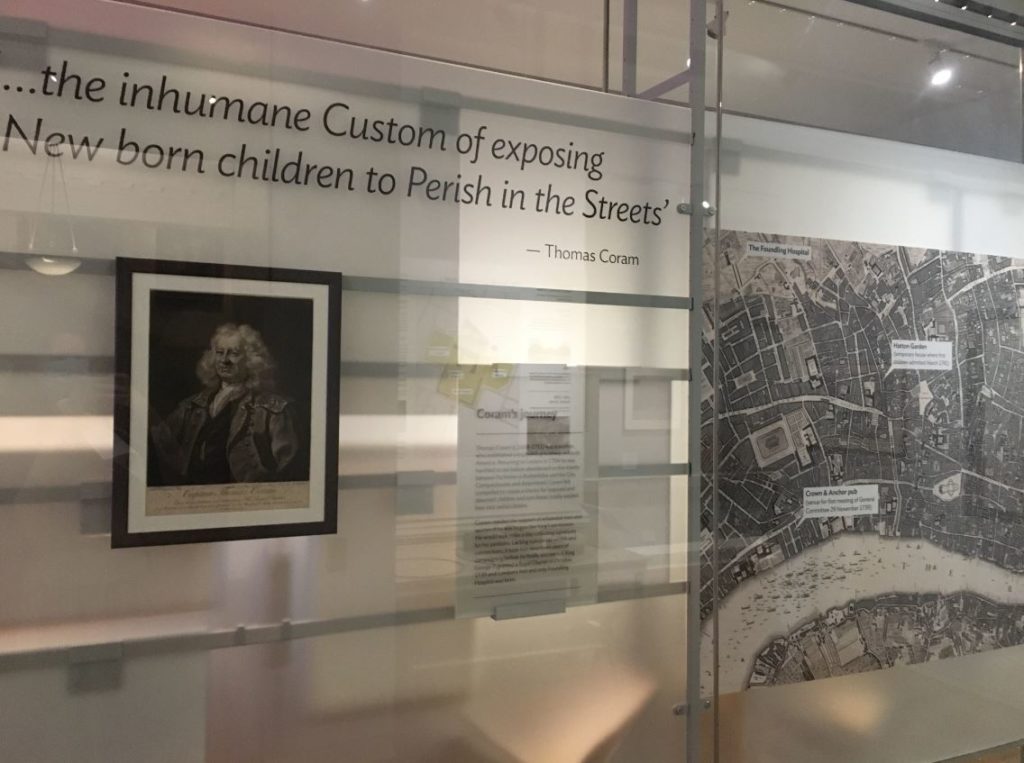

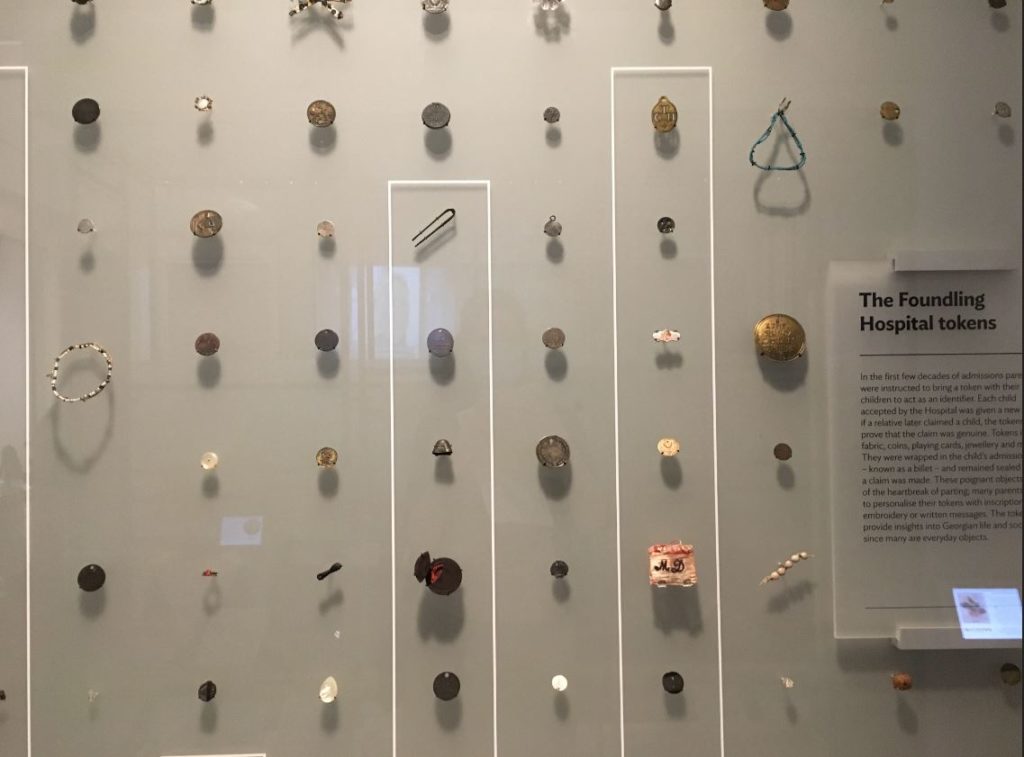
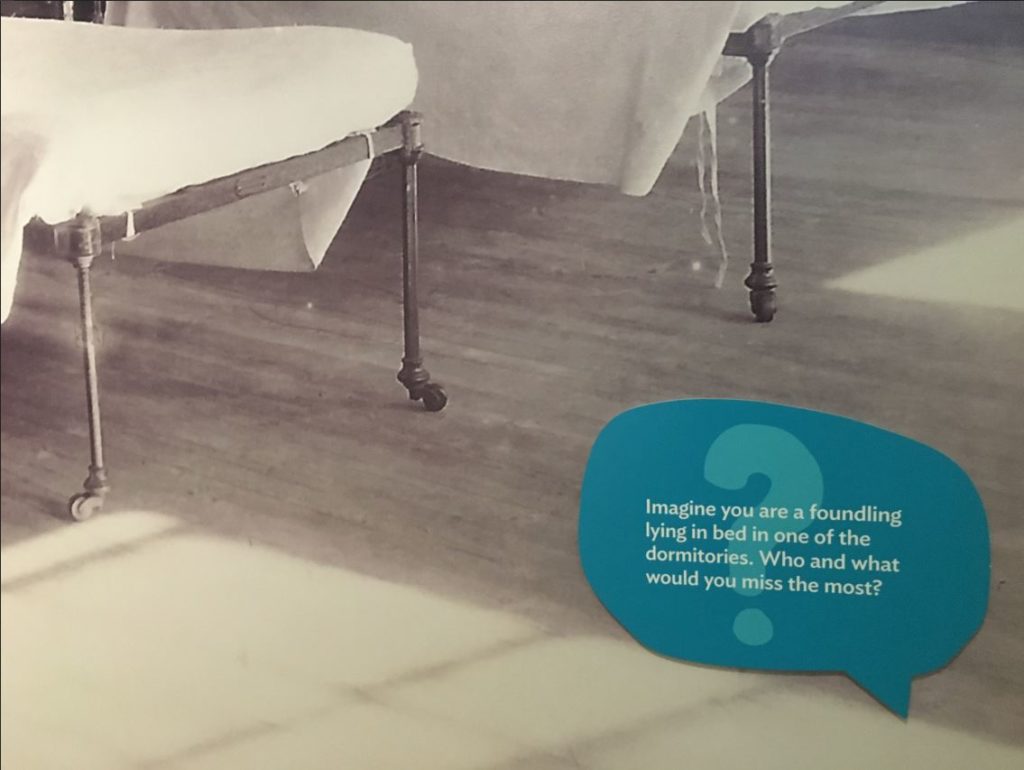
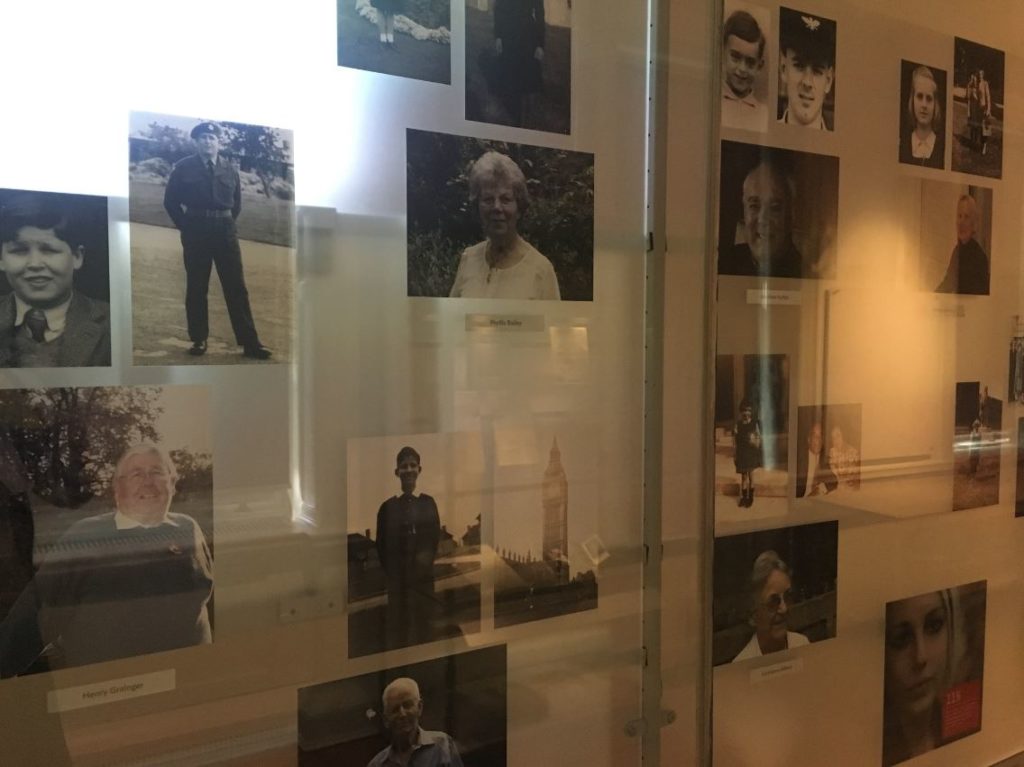
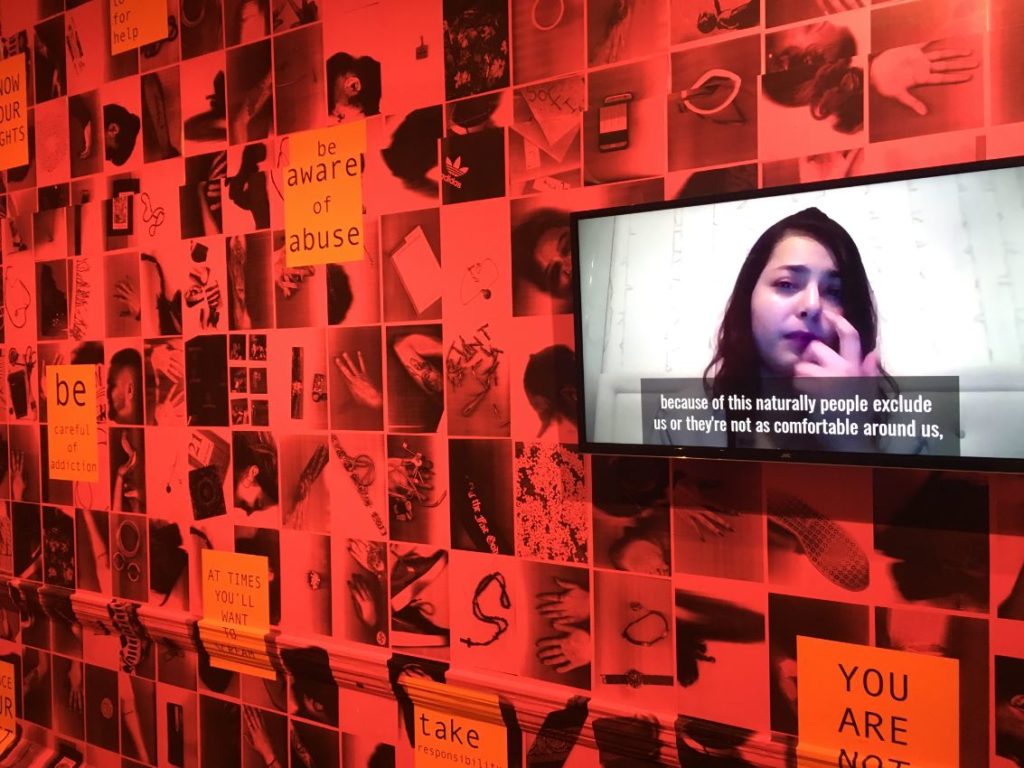

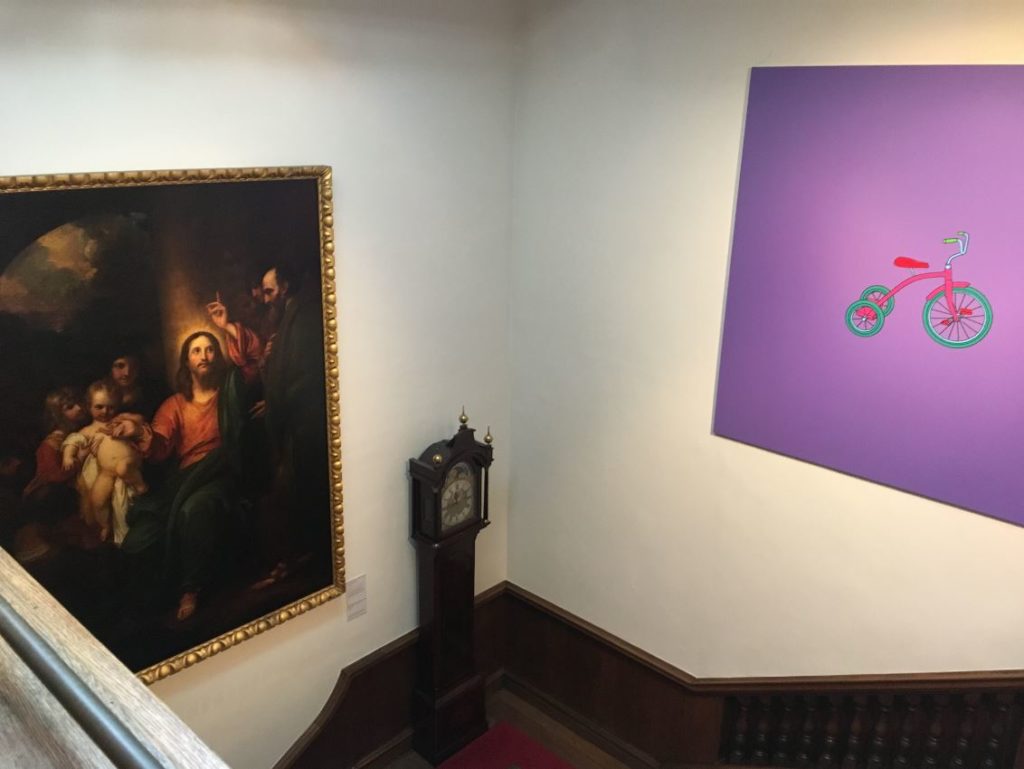

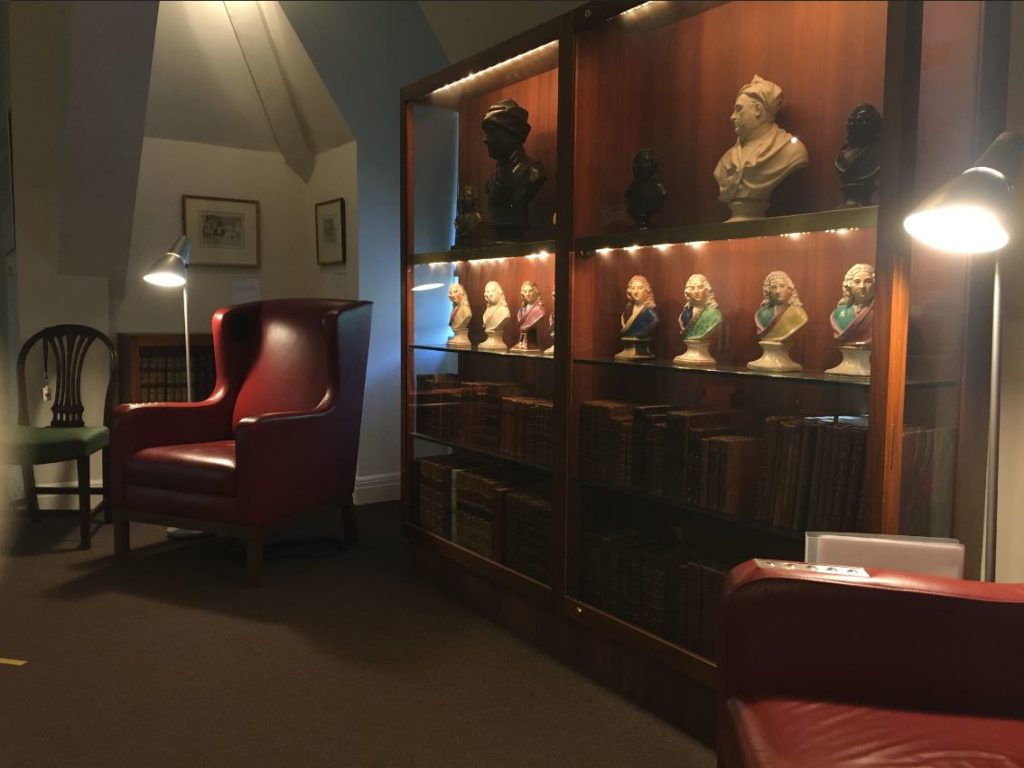
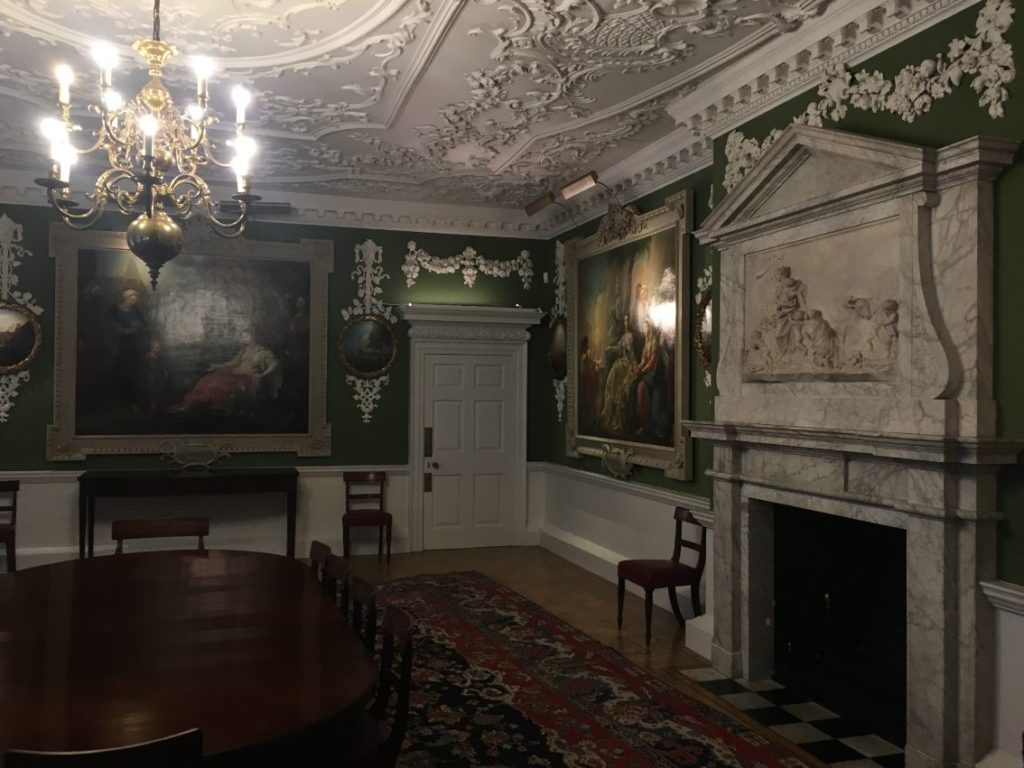
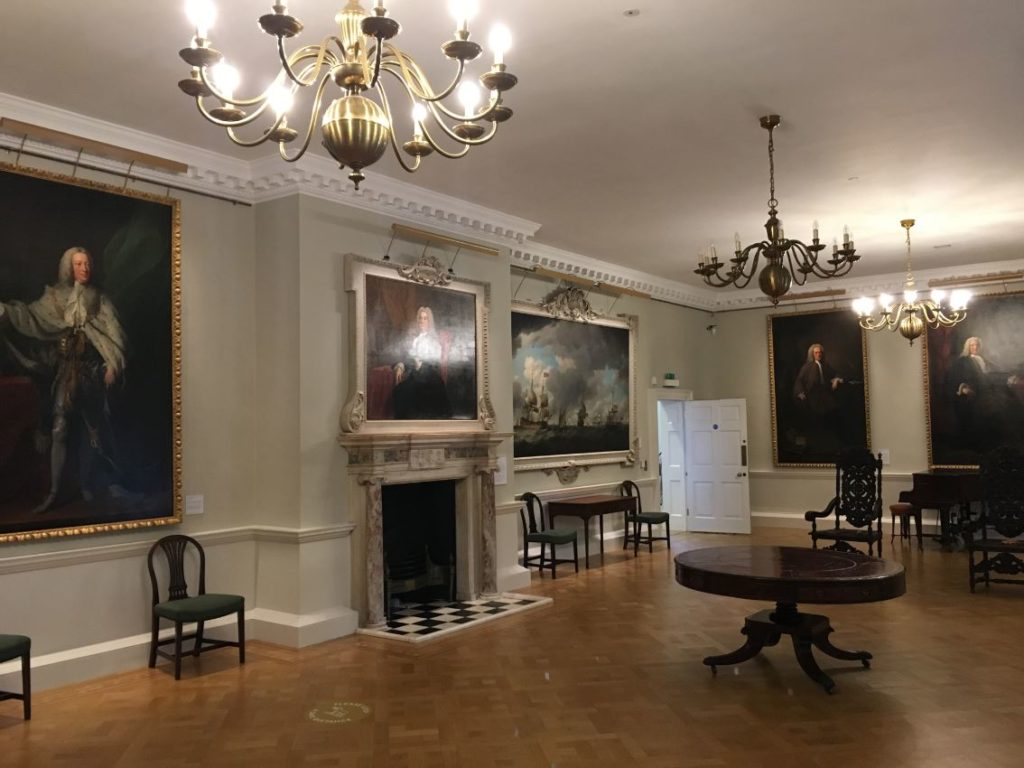

One thought on “The Covid Diaries 11: The Foundling Museum incl. Portraying Pregnancy (LAST CHANCE TO SEE)”